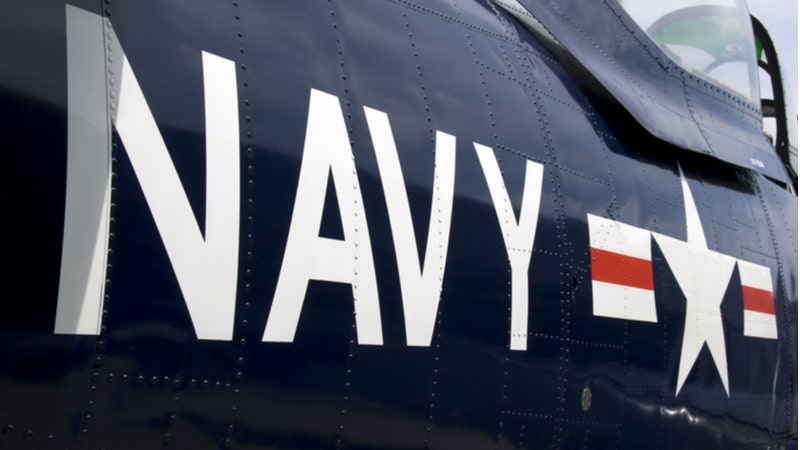
The Department of the Navy has seen the fruition of operating in a hybrid work environment in the post-pandemic era and continues to deploy more hybrid environment capabilities. But in a hybrid environment, the service branch needs to be laser-focused on information security, according to a senior department official.
Hybrid work capability is no longer a “pandemic solution situation” it’s a “game changer,” Chief Information Officer (CIO) for the Department of the Navy, Aaron Weis, said during a GovExec event on Feb 27.
“The department is starting to see the real fruition of this capability post-pandemic and we’re discovering new and different applications for [hybrid environment] technology,” Weis said.
One key example of this is the service’s move away from common access cards (CAC). In early 2022, the service began testing solutions that would allow personnel to connect from virtually any (approved) device without a CAC card.
“This capability we’ve deployed you can access over the internet, without a VPN, and access it and authenticate it without a CAC card using multifactor authentication. And we’re doing it now for hundreds of thousands of people. And I think there’s more to come,” Weis said.
But in a hybrid environment, the service branch needs to be laser-focused on information security. According to Weis, the department’s information security vision consists of three simple ideas: modernize, innovate, and defend.
The Navy needs to modernize its infrastructure and drive innovation on top of that infrastructure to gain a competitive advantage, he added. Weis also explained that the service needs to do a better job at defending its information, “which we hadn’t done a great job of in the past. And cyber is certainly woven through all that.”
An agency’s ability to defend its information is oftentimes a function of the state of its infrastructure, the CIO explained.
“Your ability to drive innovation capability is often a function of your infrastructure and what you’re doing in the innovation space. There is never going to be a point where you say we’re done with modernization, or we’re done with innovation. Some of the activity that we’re doing fit into those areas and slot into the information superiority vision,” Weis said.
In addition, Weis explained that from a leadership perspective, he has zeroed in on shifting the service and its leaders to an innovation mindset. And innovation doesn’t need to mean emerging technologies and crazy exquisite things; sometimes innovation is just “solving problems with what we have putting it together and new and novel ways to create capability.” Therefore, it’s time to begin the shift to driving innovation.
“This is not to say that the hard work of modernization is done. We’re going to be doing it for years and there are thousands of people across the Navy and Marine Corps who are working on modernization right now. But for me, it’s time to say that at a leadership level, we’re focusing on driving innovation,” Weis said.
